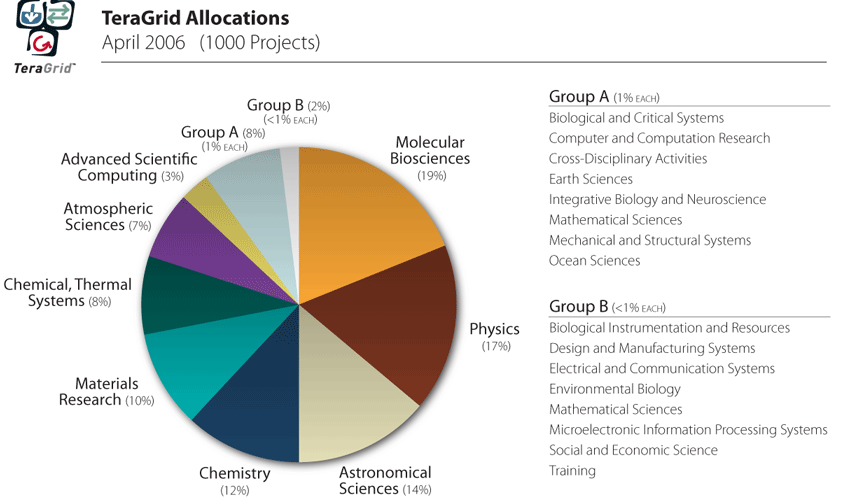The seminal 2003 Report from the Blue Ribbon Advisory Panel on Cybeirnfrastructure (the “Atkins Report”) states that
“The term infrastructure has been used since the 1920’s to refer collectively to the roads, power grids, telephone systems, bridges, rail lines, and similar public works that are required for an industrial economy to function. Although good infrastructure is often taken for granted and noticed only when it stops functioning, it is among the most complex and expensive thing that society creates. The newer term cyberinfrastructure refers to infrastructure based upon distributed computer, information and communication technology. If infrastructure is required for an industrial economy, then we could say that cyberinfrastructure is required for a knowledge economy.”
No-one would question that bridges, roads, and telephones require maintenance, regular upgrades, support staff, long-range planning, continuous monitoring, and other items, just as no-one would question their importance to the successful functioning of society.
In the cyber-world, compute, data, networking, software, and other kinds of infrastructure are equally important as enablers for education and new discovery. Information technologies are ubiquitous to modern scientists and engineers, and the ability to utilize relevant resources in a coordinated way is critical for progress.
Analogous to public infrastructure, cyberinfrastructure requires maintenance, regular refresh/upgrade, support staff, long-range planning, monitoring, and other items. For our nationally allocated resources, help-desks, bug fixes, community codes, public data, and other components are all part of the researcher’s toolkit. Unlike research that is characterized by innovation, flexibility, and risk, successful cyberinfrastructure must be characterized by usefulness, usability, functionality, and stability.
In this issue of Cyberinfrastructure Technology Watch, we look behind the scenes to understand what is required to develop and deploy successful cyberinfrastructure for compute, data, software, and grids. We have asked a distinguished set of colleagues and authors – some of the most experienced individuals in the community – to contribute to this issue on the “real” costs of cyberinfrastructure. We thank our colleagues for their efforts, and hope that CTWatch readers enjoy this glimpse behind the scenes of cyberinfrastructure.







